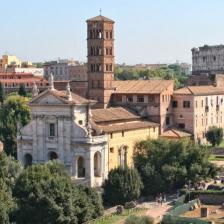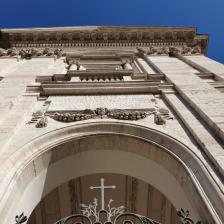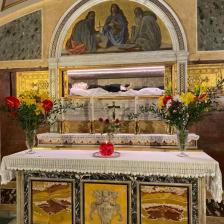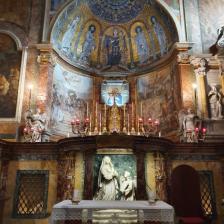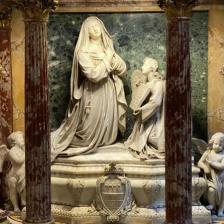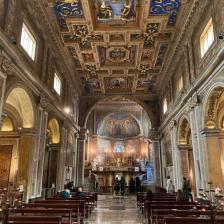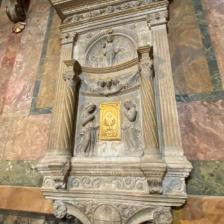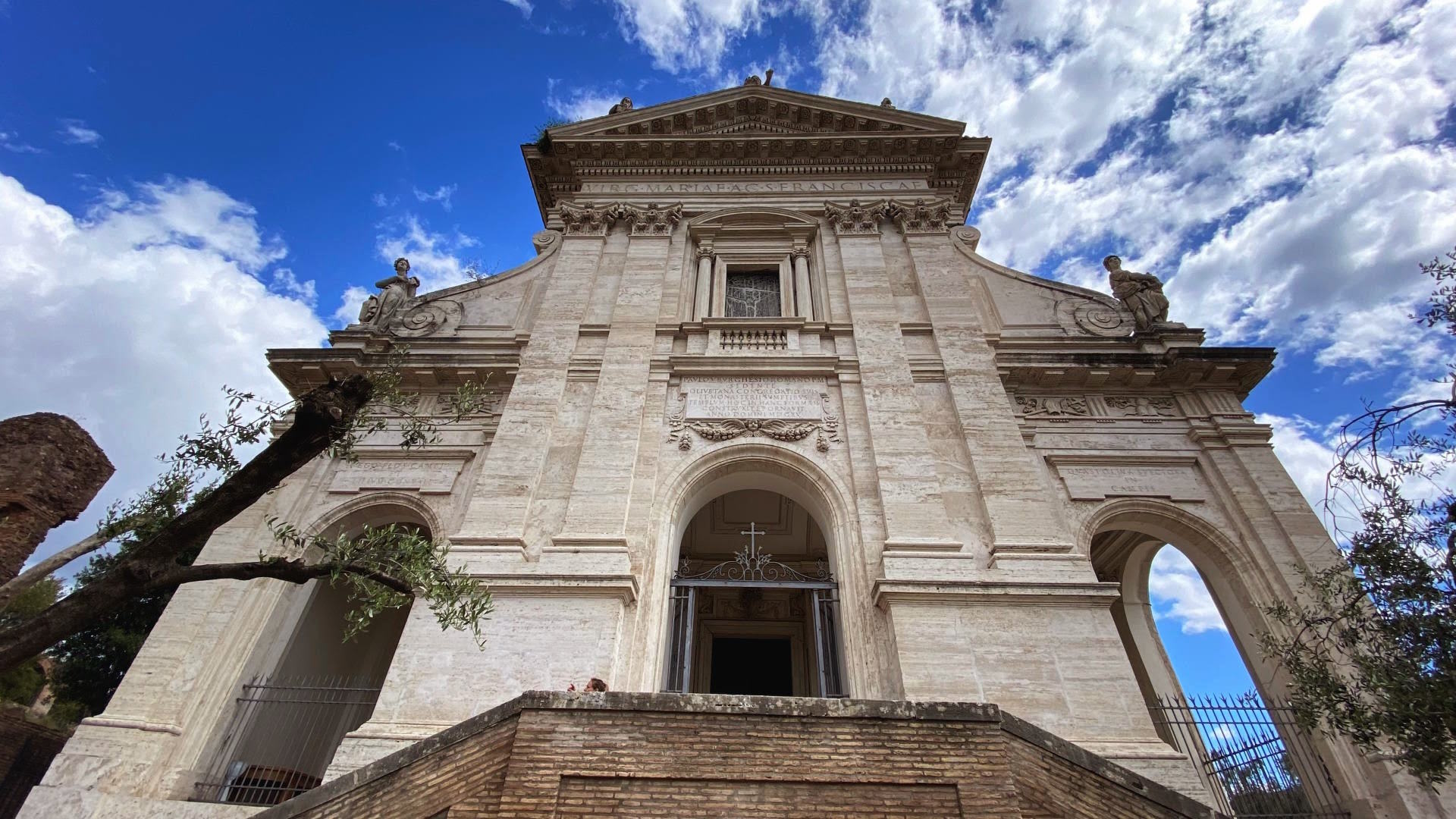
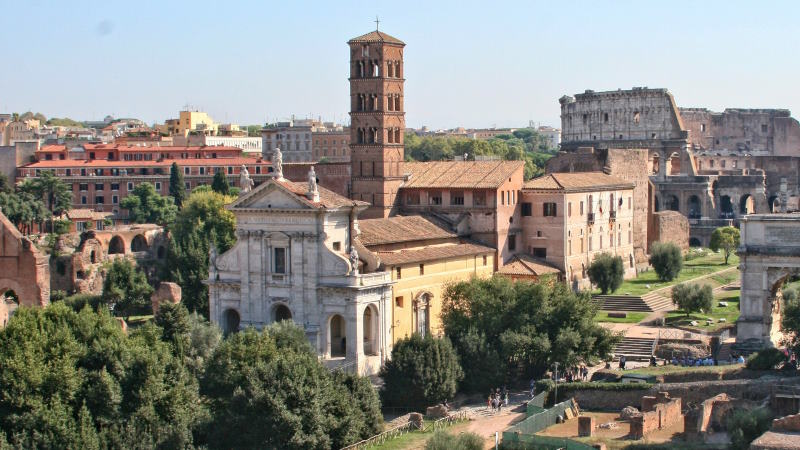
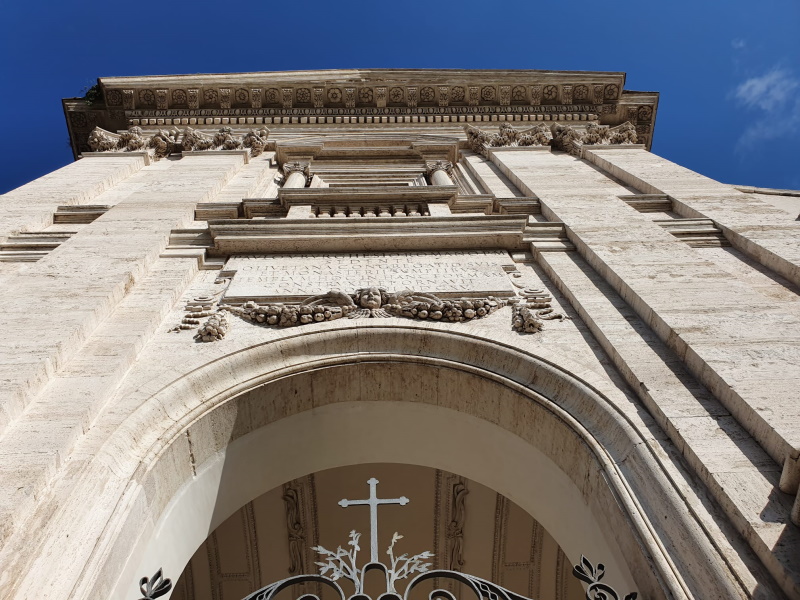
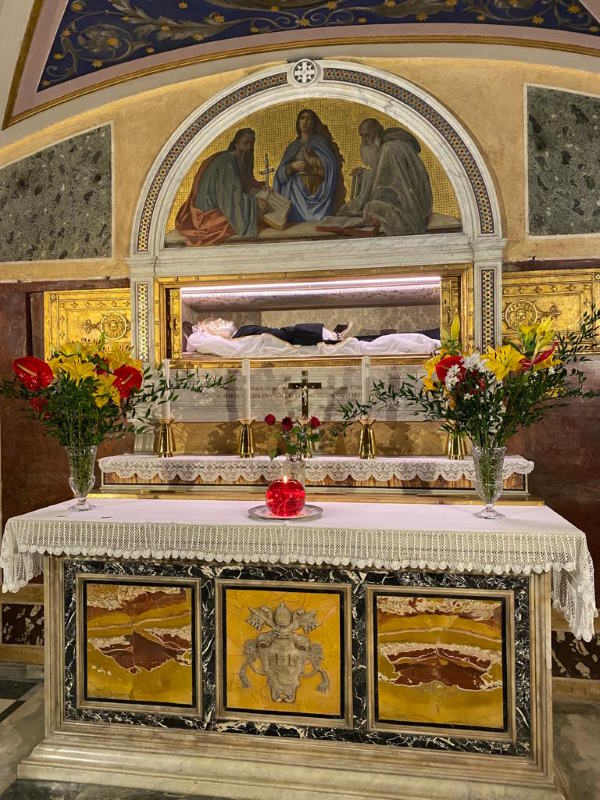
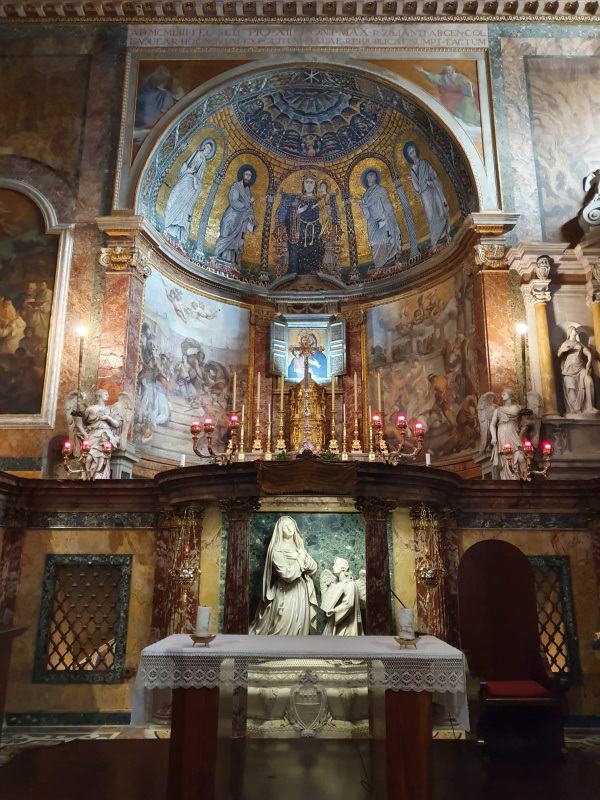
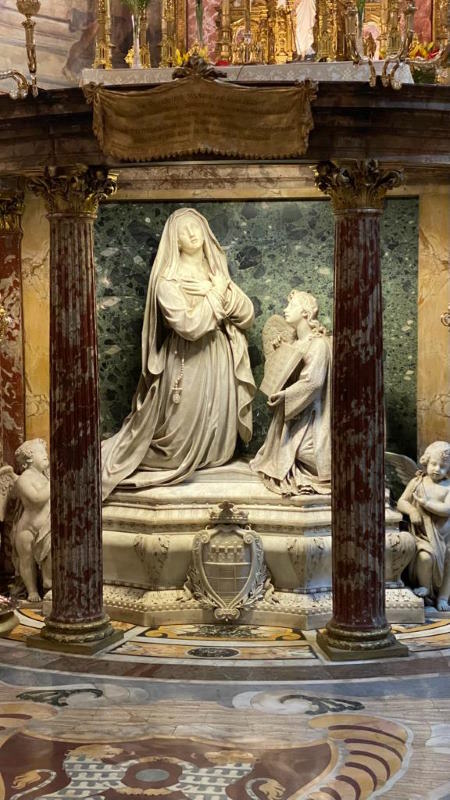
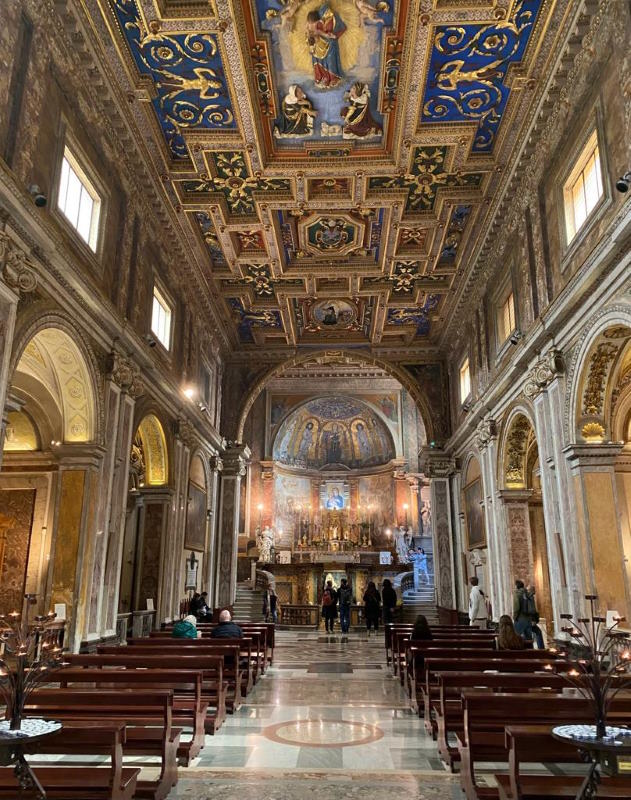
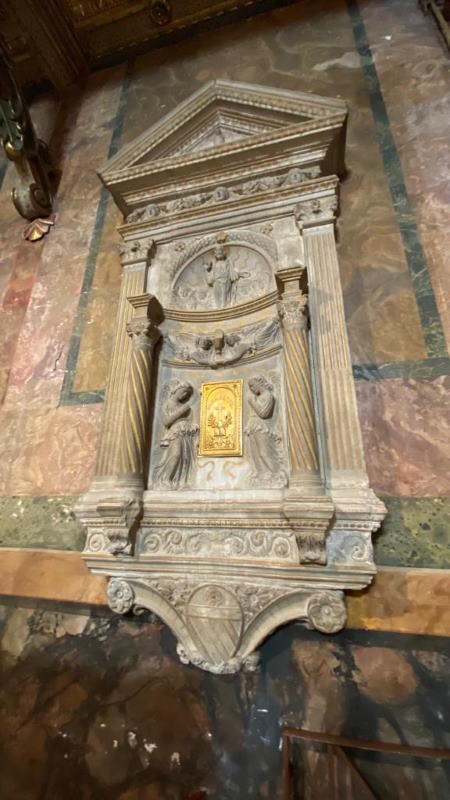
Die Kirche ist der Heiligen Francesca Romana gewidmet, einer Benediktinerin und Schutzpatronin der Autofahrer (ihr Festtag ist der 9. März), die 1608 heiliggesprochen wurde, weil sie sich für die Armen und Kranken einsetzte. In das Bauwerk wurde das Oratorium der Heiligen Petrus und Paulus integriert, das Papst Paulus I. im 8. Jahrhundert im Portikus des Tempels der Venus und der Roma errichten ließ.
Die Kirche wurde im 13. Jahrhundert auf Veranlassung von Papst Honorius II. wiederaufgebaut. Danach wurde sie häufig umgebaut, so zum Beispiel im 17. Jahrhundert, als sie ihr heutiges barockes Aussehen erhielt. Die Fassade, ein Werk von Carlo Lombardi (1615), ist ganz aus weißem Travertin und erhebt sich im mittleren Teil mit einem von Statuen gekrönten Tympanon und zwei Pilasterpaaren. Oben befindet sich ein Balkon und ein hoher romanischer Glockenturm, der mit doppelspitzigen Fenstern geschmückt ist.
Das Innere besteht aus einem einzigen Kirchenschiff mit Seitenkapellen und einer reichen Kassettendecke. In der Apsis sind Mosaike aus dem 12. Jahrhundert zu sehen, die die Madonna mit dem Kind und Heilige darstellen. In der Kirche befindet sich eine Steinplatte mit den Fußabdrücken der Knie des Heiligen Petrus und des Heiligen Paulus, wie es heißt. Zu den Werken gehören die von Gian Lorenzo Bernini entworfene Skulpturengruppe der Confessio, die sich am Ende des Kirchenschiffs befindet, und das Gemälde Die Geburt Christi von Carlo Maratta in der ersten Kapelle auf der linken Seite.
Seit 1352 wird die Kirche von den Benediktinern von Monteoliveto verwaltet.
In der Sakristei, die vom linken Querschiff aus zugänglich ist, befindet sich die Madonna Glycophilusa (auch bekannt als Madonna des Trostes), eine wertvolle Marienikone aus Santa Maria Antiqua aus dem 5. Jahrhundert, die bei der Restaurierung 1949 unter dem Hochaltar gefunden wurde.
Archäologischer Bereich der Fori Imperiali
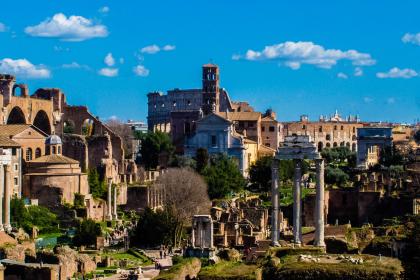
 Condividi
Condividi
Amphitheatrum Flavium - Kolosseum
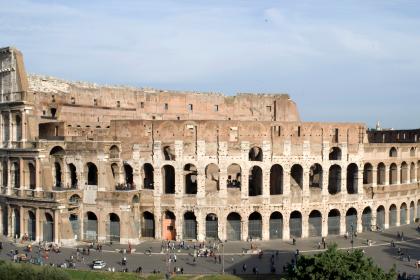
 Condividi
Condividi
Die Trajansmärkte
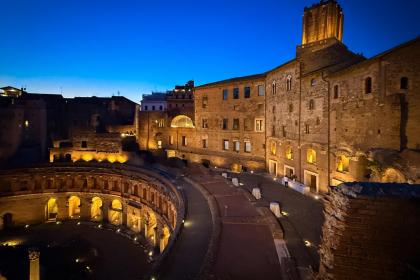
 Condividi
Condividi
Informationen
Holy Mass times
Monday: 16.30
Tuesday: 16.30
Wednesday: 16.30
Thursday: 16.30
Friday: 16.30
Saturday and days before public holidays: 16.30
Sunday and public holidays: 11.00
*In July and August, weekday Mass is celebrated at 19.00
Times are subject to change, so please always contact the Church.
 Condividi
Condividi
Location
Um mehr über alle barrierefreien Dienste zu erfahren, besuchen Sie den Abschnitt barrierefreies Rom.












































